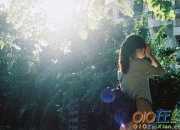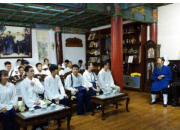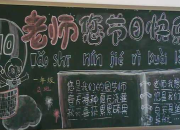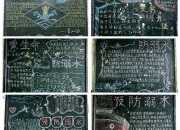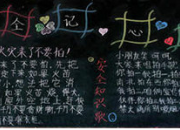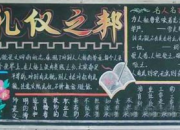《河中石兽》中英文版
时间:2021-08-31引言:河中石兽》是纪晓岚的作品。这篇说理短文叙述了三种寻找河中石兽的看法和方法,告诉人们:再深的理论,不能得到实践的证明,就不是真理;只有经得起实践检验的理论才是正确的。同时还揭示了一个道理:任何事物都不可“只知其然而不知其所以然”,更不可主观臆断,而是要“知其所以然”。下面是小编分享的《河中石兽》的中英文版,欢迎大家阅读!
【原文版】
河中石兽
纪昀
沧州南一寺临河干,山门圮于河,二石兽并沉焉。阅十余岁,僧募金重修,求二石兽于水中,竟不可得。以为顺流下矣,棹数小舟,曳铁钯,寻十余里,无迹。 一讲学家设账寺中,闻之笑曰:“尔辈不能究物理,是非森柿,岂能为暴涨携之去?乃石性坚重,沙性松浮,湮于沙上,渐沉渐深耳。沿河求之,不亦傎乎?”众服为确论。
一老河兵闻之,又笑曰:“凡河中失石,当求之于上游。盖石性坚重,沙性松浮,水不能冲石,其反激之力,必于石下迎水处啮沙为坎穴,渐激渐深,至石之半,石必倒掷坎穴中。如是再啮,石又再转,再转不已,遂反溯逆流而上矣。求之下流,固傎;求之地中,不更傎乎?”如其言,果得于数里外。然则天下之事,但知其一,不知其二者多矣,可据理臆断欤?
【英文版】
Stone Animals in the River
Ji Yun
There was a temple in the south of Cangzhou Prefecture, located on the bank of a river. Thegate of the temple collapsed and tumbled into the river, with the two stone animals sunken inthe water. Some ten years afterwards, the monks solicited a sum of money, planning torestore the gate. They searched the river for the two stone animals, but to no avail, thinkingthat they must have flowed down the river. So they rowed a small boat, raking the river bed forthem over a distance of ten-odd li, without finding a trace of them. A Confucian scholarteaching in the temple learned about it and said with a sneer, "You are not learned in physicsThey are not wood, how can they be washed away be floods? Stone is solid and heavy whilesand is loose and soft. They are buried in the sand and sink deeper and deeper. Is it notludicrous to search for them downstream?" Everybody was convinced and thought it aconclusive argument.
A veteran dyke-protection soldier heard this talk and also said with a sneer, "All stones falleninto the river must be looked for upstream. Because stone is solid and heavy while sand is looseand soft. Water cannot wash a stone away, but the force of its dashing against it can erodethe sand and scoop a pit beneath it where it is exposed to the water, whose constantdashing and pounding keep it sinking deeper and deeper. When half of the stone is thusaffected, it overturns into the sand pit. The water's continuous scooping of the sand givesthe stone one turn after another. Given the incessant overturning process, it is moved againstthe currents and travels up the river. To be sure, it is ludicrous to search for it downstream.But, is it not more so to look for it right on the river bed?" Acting upon his views, the stoneanimals were really found several li upstream. Similar cases in which one sees only one aspectand ignores other aspects of a phenomenon are too many to enumerate. Will it do to draw aconclusion from mere speculations?

